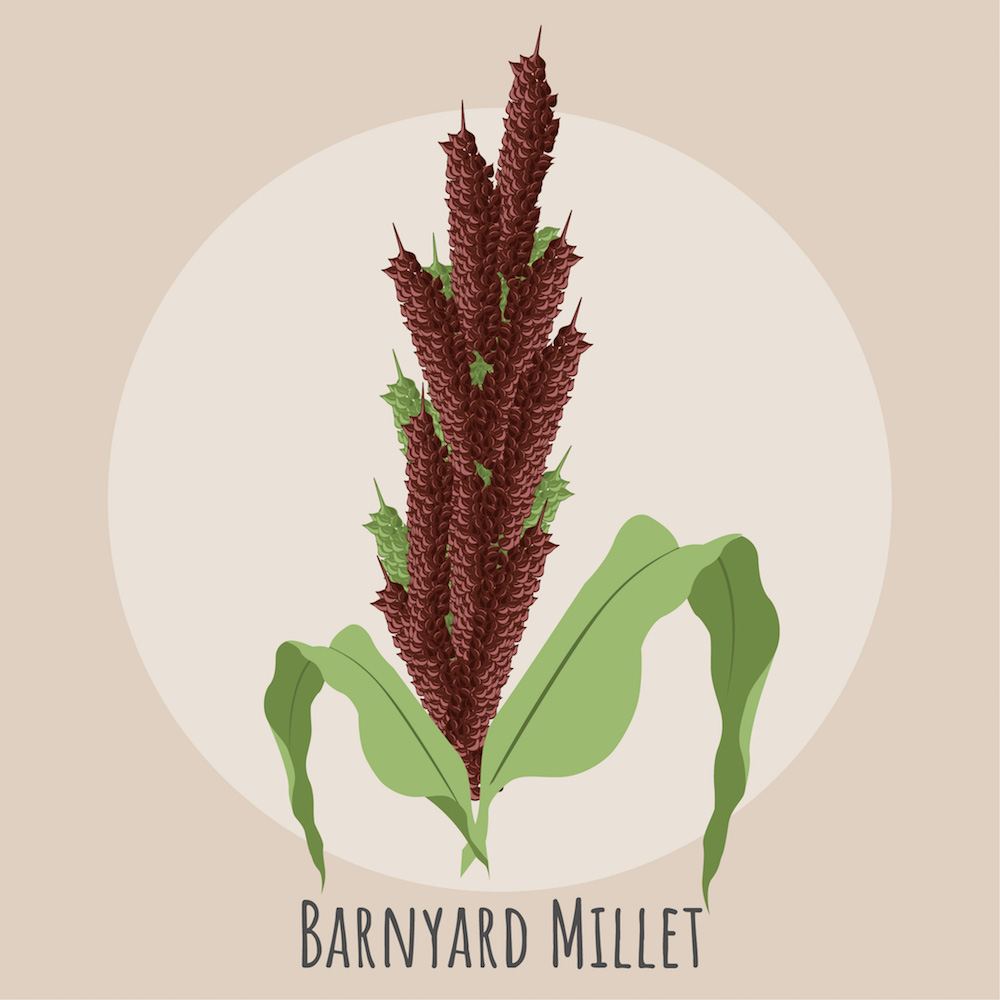
Millets are all the rage now. Much like the comeback of 90’s fashion, we’re looking to our past for the latest food fads. However, unlike the low rise jeans craze of the 90’s, this is one fad I can get on board with! In the next three blog posts, we’ll comb through the history, cultivation, usage and nutrition of different kinds of millets. To wrap up this series in a neat little bow, we’ll also have some great millet based recipes for you to try out!
Let’s start from the absolute beginning.
Millets are a greatly varying group of small grained cereal crops that are indigenous to many parts of the world. The term ‘millet’ encompasses all varieties of these small seeded grasses, including some that are all too familiar in India. Bajra, Jowar and Ragi are some of the more popular millets that are consumed in India. Millets were part of the staple diet in East Asia, Africa and the Indian subcontinent over 7500 years ago. Different types of millets were grown in each region and nomadic shepherd-farmers were responsible for the spread of millets from one region to another. They would spend most of their lives on horseback, spreading millet seeds over a piece of land and returning in a few weeks to harvest it. The short growing season and hardy nature of the plant – they require little attention, not much water and are incredibly resistant to pests, made them perfect for farmers who were always on the move.
Millets in India
Millets have been a key part of the Indian diet for centuries. The Yajurveda mentions millets as a staple food consumed during the Indian Bronze Age. Much like the rest of the world, millets are important food staples in poor, semi arid regions of India. The decline in popularity was largely due to the Green Revolution in the 60’s. Government schemes favoured the cultivation of rice and wheat and farmers were quick to shift gears due to the various fertiliser subsidies, higher profit margins and better irrigation resources these schemes provided. Millets also required a lot of manual labour to be processed as compared to rice and wheat. The result was the slow decline of millets in farms and subsequently kitchens across India.
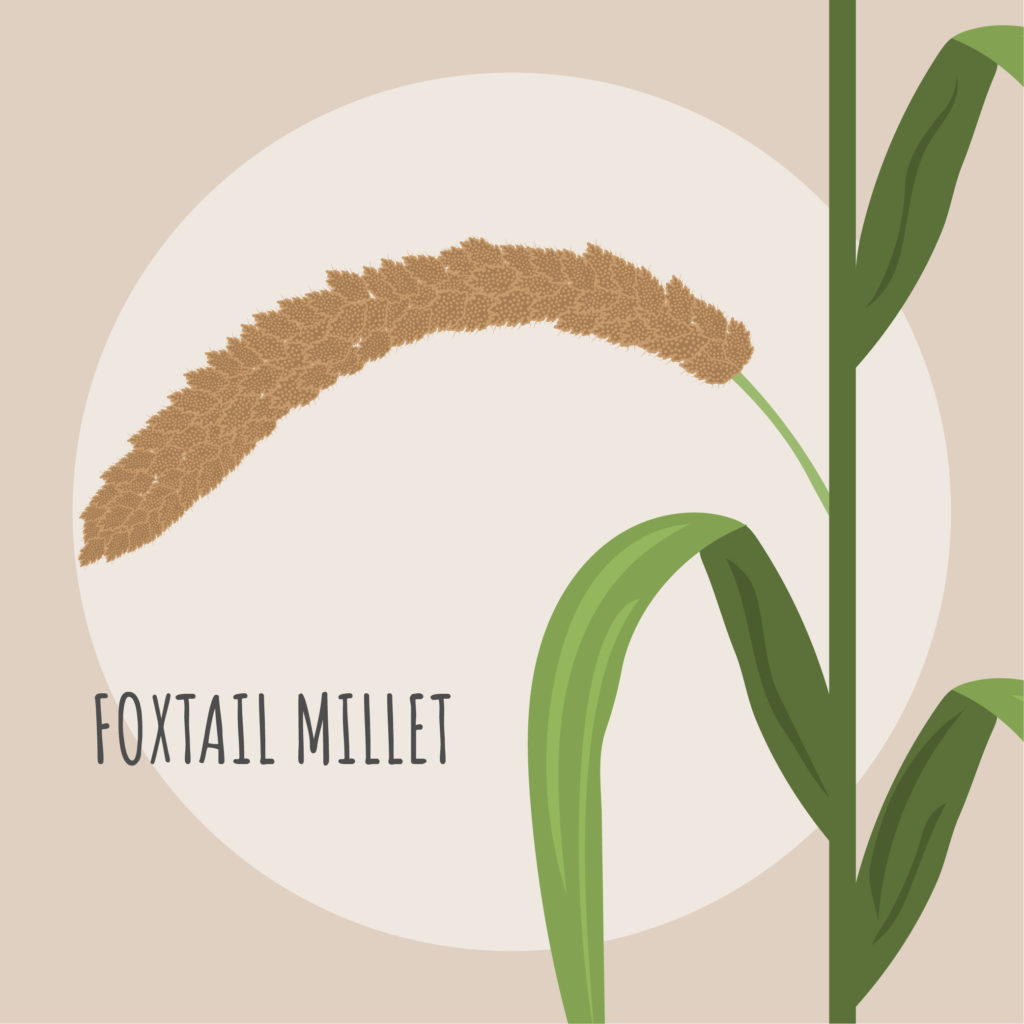
I can understand how millets got left behind. Like many of our indigenous foods, they’ve been forgotten in favour of newer foods. I’ve been guilty of this my whole life. I grew up hating traditional Kerala food, so much so that as a child, the sight of sadhya served on a banana leaf would make me cry! A more recent example would be when I wanted to find a healthier substitute for rice. Millets are native to India, they’re cheap and readily available in most cities and small towns. So naturally my choice was a Quinoa, a foreign grain that was expensive and very difficult to come by in my small town. Don’t replace your stash of quinoa with millet just yet though. Quinoa comes out on top in a few ways which we’ll explore in the nutritional section.
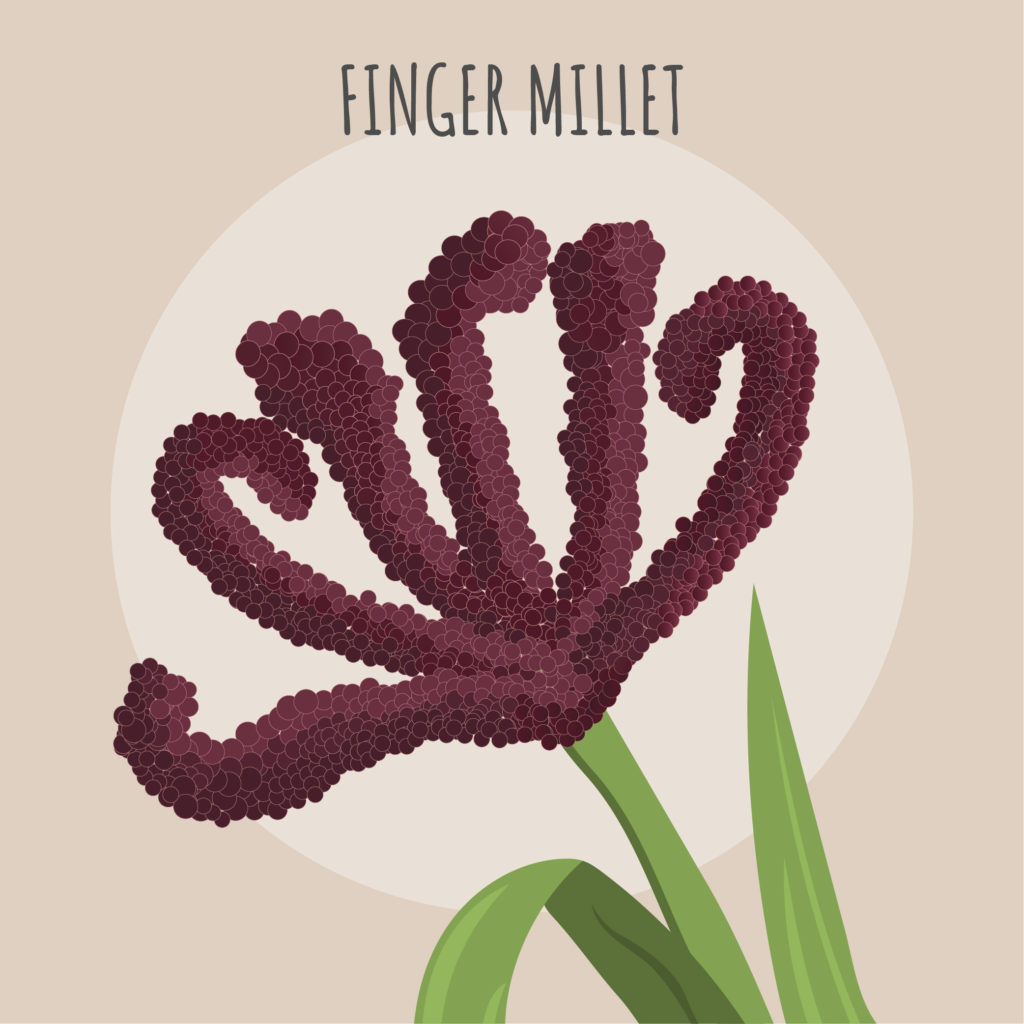
Since I wasn’t a fan of Indian food growing up, I never paid any attention to what my grandmas ate. If I had, I’d have seen the use of millets everywhere. Little millet and Barnyard millet are the choice of grains for ‘fasting’ days. Just to clarify, ‘fast days’ in most places in the south are days when you eat anything apart from rice. Ragi (Finger Millet) is used to prepare a very gross looking but nutritionally fantastic porridge for babies. Ragi’s high calcium content make this porridge a staple in most South Indian households. Ragi mudde is a fantastic dish popular in Karnataka. Jowar and Bajra rotis are common in the North and were once a dreaded part of an ill-fated weight loss diet I tried to adopt. Traditional dishes like Puttu and Semiya are now being made with millet flours to make them healthier. I recently visited a Tamilian supermarket where I found an entire section devoted to millets, millet flours and even millet noodles!
Types of Millets
While there are over 50 varieties of millets belonging to the same family of grasses – Poaceae, they can be widely different in their appearance, nutritional profile and taste. Check out the different types of millets here.
Given that this post is already 100% longer than my usual posts, I thought I’d focus on the following millets. Bajra, Jowar and Ragi are of course on the list. The other three I selected are little millet, barnyard millet and foxtail millet. Now first things first, the names. You can find a ton of lists online with the names of these millets in various languages, but since I wanted to make this post a little colourful, I went ahead and made my own as well!

The ones in bold indicate the names that I’m most familiar with and the ones I’m going to use for the remainder of these posts. If my selection of millets to feature and their primary names seems random, it’s because it is! I come from a Tamil and Malayalam speaking household and I’ve just picked the ones I’m most familiar with. In any case, from a nutritional and farming point of view we’ll mostly be looking at millets as a whole. The different types will come in handy when we get to cooking the various recipes I’ve got in store!
Stay tuned for more on millet!

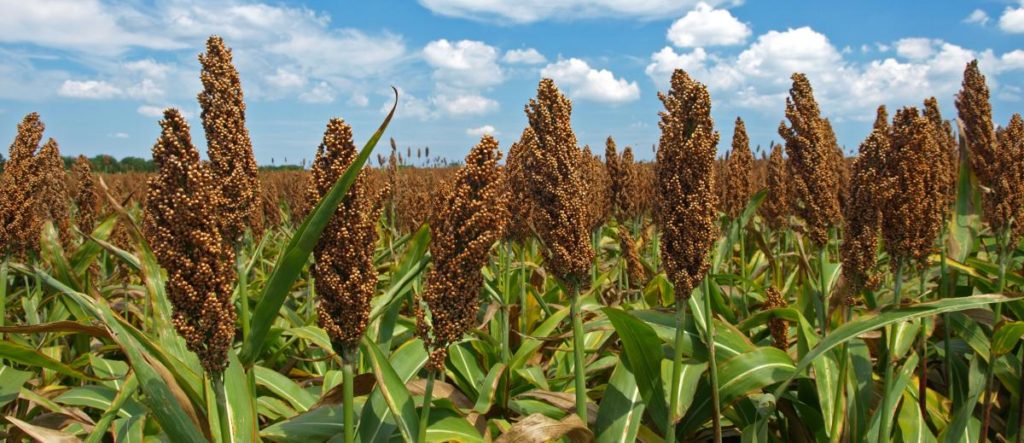
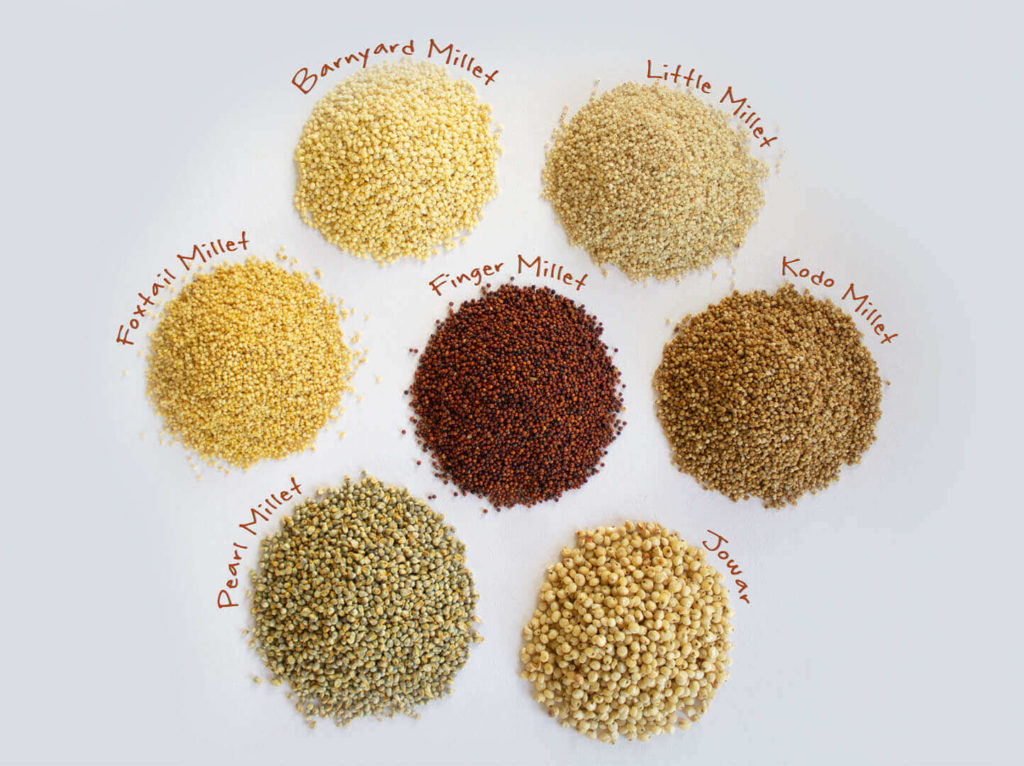
Nice to see ur blog post All useful information about millets Excellent writing keep rocking 👍👍
Thank you so much! I’m glad you liked it!